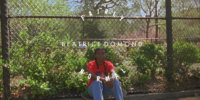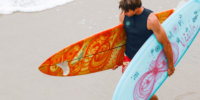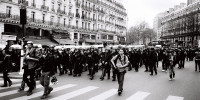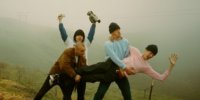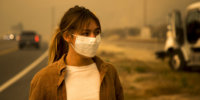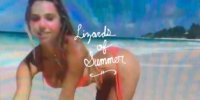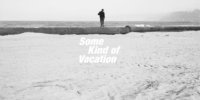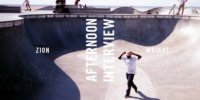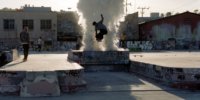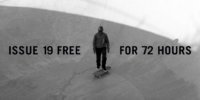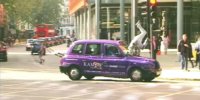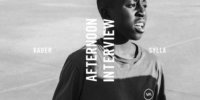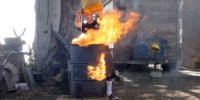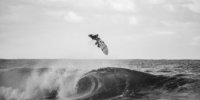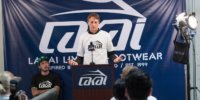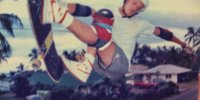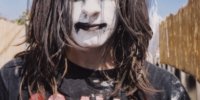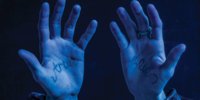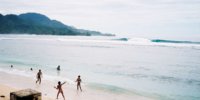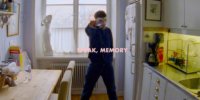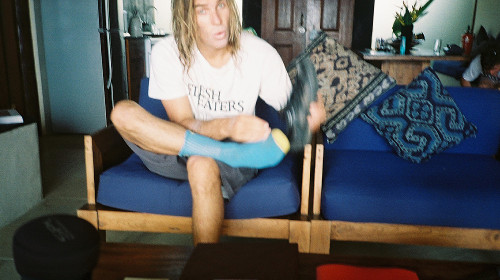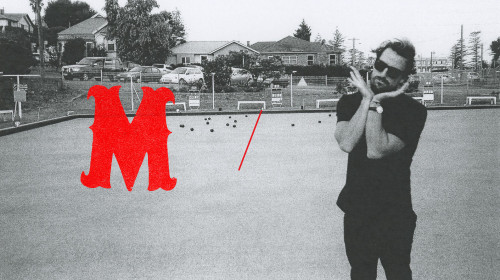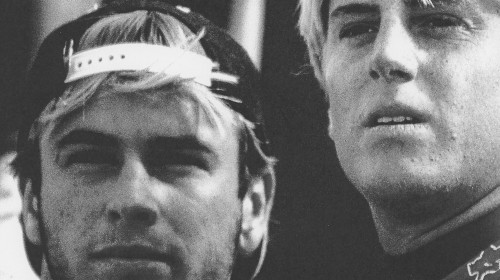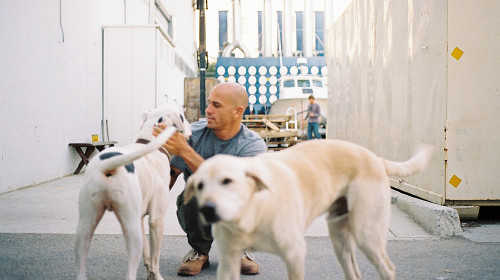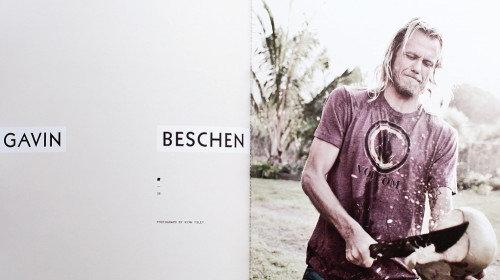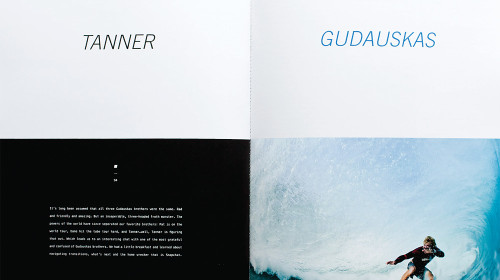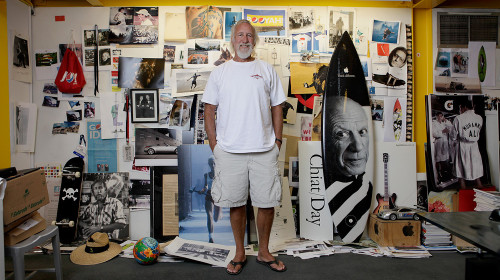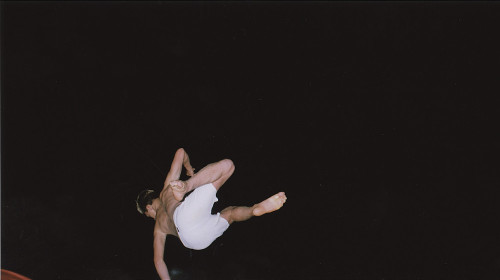Javier Mendizabal is European skate royalty. He’s been appearing in Cliché and Quiksilver ads since the beginning, and we recently had the pleasure of traveling with him during the filming of our short film Postcard Oregon. He’s a wealth of knowledge and we wanted to share just how legit the man is.
WHAT YOUTH: Javi! What are you up to? JAVIER MENDIZABAL: Just about to start cooking dinner. I’m cooking red tuna tonight
You over in France right now? Yeah! Yeah I’m actually leaving tomorrow. I’m going to Spain, Madrid, Barcelona and Bilbao.
What for, skate trip? No, I’m gonna go with the creative team of Quiksilver to look for inspiration. So I’m just gonna take these three guys to the main cities in Spain: Madrid, Barcelona and Bilbao — check out like exhibitions, music, food, flea markets…stuff like that.
Tour guide. Yep! I am this time. It’s my area, especially Barcelona. I used to live in Barcelona for many many years. So I know the city and the people pretty well.
What was it like growing up in Basque Country when you started skating? I started skating when I was 12 years old. I was born in ’77 and I started skating in 1989. I come from a small town in the Basque Country north of Spain. It’s a little town right by the coast, so there has always been a huge surf culture. A bunch of surfers went to the states and they brought skateboarding back. At the time there was no surf or skate shops. I think that happened in California, like surfers going down hills when there was no waves. There was no empty pools here. These guys started to build their own ramps and stuff and then they finally built this skatepark right by the beach. It’s now the oldest skatepark in Spain, last year was the 25 year anniversary. I started skating a year before they built this skatepark. [La Kantera]
What was going on in the U.S. at the time you started skating? Like, who was big here when you started? There were no videos. No skate mags, maybe 1 to 2 mags a year from somebody was going to the states and bringing back a couple magazines. So we knew about Tony Hawk and Christian Hosoi, but there wasn’t much information, like very, very little.
So how the hell did you know what to do on a skateboard? Like, did you try flip tricks? What kind of stuff were you skating? I remember just looking at photos and trying to imagine what they were doing. There were some tricks that were really easy to imagine and there were other ones where you were like, “What is this guy doing here!?” And it was just like we were just trying to imitate and copy, you know?
Young Javi, Back Tail in The Basque Country. Photographed by Thomas Campbell
What did you grow up skating, just ramps that you would build? Yeah, there wasn’t much street skating. Street skating at the time was down hill, but then when I started skating is when they built that skatepark [La Kantera]. So we were just going to the skateparks. That’s why most of the skaters coming from the Basque Country from those years were good at transition. Then the architecture started to develop and they start building new plazas and the new generations started getting into street skating.
Yeah, what was your next move after that? I moved to Barcelona from Basque country when I was 19. I was supposed to go to University. I didn’t really know what to do. I wanted to skate but at the same time I was getting pressure from my family to go to University. I went for a couple of years and I didn’t want to go anymore so I found a realy cool school in Barcelona to do furniture and stuff like that. I didnt really know anybody, it was way before Barcelona became what it is now.
So were you sponsored at that point? It seems like it would be hard to get hooked up in the early days of skateboarding, especially being from the Basque Country with all the early skate industry being in the states. I mean, its funny it went pretty slowly. Like, it was a 50 percent discount from this Spanish guy who was doing distribution for some American brands. It’s funny, Thomas Campbell came over here and he was shooting for Transworld so he came to Spain to shoot some photos with the local guys and do an article. I didn’t really know anybody and there was some well known skaters in Spain, but I wasn’t one of them. I was just at the right place at the right time and I ended up shooting some photos with Thomas and the photos ended up in the article. I met a photographer in Barcelona named Alexis and he was really good friends with Jeremie Daclin and they were starting Cliche. But at the time Cliche was really really small. Alexis talked to Jeremie about me and he asked, “Do you want to start riding for us?” and I was like, “Yeah!” It was funny though because a lot of people said, “What are you doing!? French company, this is the smallest thing ever.” But I did it. And then Cliche became what it is now.
You were one of the first dudes on? Yeah. I wasn’t there from the very first day, but I mean, yeah. I’m the oldest dude on the team besides Jeremie. I’ve been there forever.
Talk about your skating. You said your kickflips are worse than your switch flips because kickflips evolved by the time you learned to do them switch switch flips. Yeah. That’s true. My switch flips are better than my kickflips because I learned flips at the age like early ’90s. There was no pop. Everyone was doing flips like, just flip the board however you can. That was it. There was no pop then catch. So then I learned switch flips later and by then… that’s how people were doing kickflips– pop, flip, catch. And so thats how I learned them. I think how you learn a trick, thats how it is. It’s really hard to change the way you learn a trick.
Yeah. You can’t try shit, as soon as you think about it.. you’re done. Yeah and I’ve always been more of a tranny skater. I’ve never really spent too much time on flat, but when I was in barcelona there wasn’t many bowls or skateparks. So I definitely spent many years skating MACBA and I guess I became a little better at flat and ledges. So there were moments where my kickflips were a little better.
So how’d you get on Quik, was that after Cliché? It was pretty much at the same time, right when I moved to Barcelona. It was because the very first year in Barcelona, I was 19 and didn’t have any money so I was surviving from travelling to every single contest in Spain. I was going to school Monday through Friday, then getting out of school, taking a bus all night to the other side of Spain, with the pressure of just trying to get top 3 to make a little bit of money, then come back and go straight to school. Because of that I started to get a lot of photos and coverage in skate mags in Spain and a lot of attention. So I think that’s how Quiksilver found out about me and they contacted me.
So you were there for the main Quiksilver days? With Oblow, little Austyn [Gillette] and Dylan [Rieder]. What was that like? Well, it was before those guys actually. I was there at the very beginning. It was more the European Quiksilver program. There wasn’t much of a connection between what was happening here in Europe and what was happening in the States, but when (Mark) Oblow got on Quiksilver as TM and he built this really sick team with Arto [Saari] and Dylan and all those guys.
So what the fuck happened? Why’d the get rid of the team? Well, first Mark Oblow left to Gravis and Analog and pretty much the whole team followed him. Then Reese Forbes became TM and he did a really good job. He did a really good job getting Alex Olson and Austyn Gillette and all those guys, but what happened with Quiksilver skateboarding was this new CEO came in and he just decided to pull skateboarding and just keep Quiksilver and a surf and snowboarding brand and to just keep DC as the street skate brand or whatever. And that’s what happened.
What happened with you? Did you stick around? When Quiksilver stopped the skate program it was at the time when I was moving to France, so I spent like a year moving from Barcelona to France slowly with my girlfriend, Corrine, and it was just a good time to move out of Barcelona after 15 years. So there were a lot of things happening and I just spent a year skating and just doing my thing — and then Quiksilver called me back to help them with creative stuff and art direction.
So then, back to Oblow leaving and going to Gravis. Did you get any part in that? Yeah. The first two guys on Gravis were Arto and Dylan and they came to Spain with Oblow even before they lost the whole Quik thing, they came to Spain. They called me and were like, “Hey were going to Spain, lets skate, lets meet up.” So I went on a little trip around Madrid and Basque Country with them and then at the end of the trip they just asked me like, “Hey, we like your skating. Would you like you to be a part of this [Gravis team]?” I was skating for Etnies at the time, but Arto left Etnies to ride for Gravis so I was like, “Okay!” Pretty much just followed Arto.
So what was going pro back then? I know going pro now means getting your name on a board with you name on it. Was it like that back then? I mean it was way different back then. I remember there were amateur contests in America, like, there was kind of like a league that ams had to go through. It wasn’t something that you HAD to do to become pro, but it was the common way to do it. So there was all these ams going to contest and winning contests and then they were becoming pro like. So it was way harder. Now there are pros everywhere.
So is that how you turned pro — from those contests? No, just from being on Cliché from the beginning and being on the company and just having a good relationship, just travelling and skating alot and then it was Jeremie. It’s the company that decides to make you pro. I was on holiday on a remote Greek island and I remember getting a call from Jeremie about making my first pro model — and of course it’s something you dream about and think about like, “Oh, that would be cool one day,” then it happened, so I’m pretty stoked.
So you got a graphic? What did that look like? I don’t really keep stuff in general. But I kept this board. The first pro model with Cliché was a jazz musician. It’s a painting of this guy playing guitar.
Another thing I thought was interesting in Oregon, you said you were the one who introduced French Fred and Thomas Campbell? Yeah, it was when we were planning the movie with Thomas. Just going to his place, spending time, talking and we were putting things together and thinking about the crew. Of course they knew about each other and were huge fans of each other but they had never met, then Thomas asked me, “Do you think Fred would be interested in being part of this movie?” and I was like, “Oh for sure! He’s gonna be so stoked!” I called Fred and told him about the project and he was like, “Whoa, that sounds really good but I can’t, I just bought a house with my girlfriend and the past few months I’ve been saying no to every single project and I am just committing like 24 hours a day working on the house. I’m really sorry, it sounds so cool but the time isn’t right for me. I have to focus and I have to finish this.” Then he called me back the next morning, “Javi, I couldn’t sleep, I’ve been talking to my girlfriend and she was pushing me to do it. It’s good to take break” Because Fred has been doing skate videos forever. He knows what “skate video” means, but this was a different project. He was just helping Thomas – a few trips here and there. He was really into the whole thing. Working with me, Thomas, Madards, and the music and everything else. So he was like, “Yeah I have to do it.” Best news ever.
Tell me a little bit about that project. How did you get picked to do that? I rememebr you met him from when he shot those photos of you, then you didn’t talk to him for 10 years, then you heard from him, right? Yeah, that’s pretty much what happened. I was 16 years old at the time. He didn’t speak any Spanish and I didn’t speak any English, but we hung out for a few days and shot some photos. There were no emails at the time, so, for like 16 years I got like 2 letters from him, and just having friends in common like, “Oh, Thomas says hi!” But we didn’t talk for like 15 or 16 years. Thomas spent like 10 years doing all these surf movies and stuff, but hes been always followed skating. He knows way more than me, he’s a skate rat. So he knew a little bit about my career, just following skate videos and Cliché. So he just called me on my phone one day. He was like, “Whats up Javi? It’s Thomas!” And I was like, “WHOA! Long time! [Laughs]” He started telling me about his idea of doing a skate movie. At the beginning he wanted me to be a part of it. I was in 100 percent. That phone call was a few days before I was flying to LA for a skate trip with Cliché. We met up, it had been 16 years. Finally able to speak to each other [laughs] and we just spent 3 days at his place talking about everything: life, trips, girlfriends, everything. Then the movie came and we started talking about different people like to put a good crew together and the idea with the dreams and stuff.
And then what about the music? You picked that right? Those guys are from your hometown right? Yeah, The Chiwoks. At the time they didn’t even have a name because they didn’t have a band. They are just my really good friends from home. They grew up together playing music, skating, surfing, but then one went to Madrid, the other went to Barcelona, so they never really had a band together, then they just played for fun, jamming. Always just jamming and I thought that was really cool. I grew up watching them do that, so for me it was kind of a dream to put them in a studio and record the music the way they play. So when Thomas came up with a movie project and talking about music I told him, like, “Man I have these friends. They grew up with me skating, surfing, and playing music” but I didn’t have any music to show Thomas because they don’t record. I told him, “It’s a mix between Velvet Underground, Sonic Youth and Spaceman 3.” And those three bands are some of Thomas’ favorite bands so he had to hear it. When we came here to start filming, I made a little BBQ party with them and Thomas. They came and played for a bit and thomas was listening. I remember with my right eye I was just looking at Thomas’s face to see if he was feeling the music or not and after 5 minutes he turned around and looked at me like “This is cool.” I was so relieved.
Let’s talk about Oregon a little bit, what about Foster Huntington, how did you know who he was? I mean I guess for the last year there’s been photos of his place all over the Internet and on Instagram and everywhere. So I saw photos of his tree houses and his bowl and I was like, “Whoah, this place is so cool.” I didn’t even know it was in Oregon. And then I think talking to Nat [Quiksilver TM] and talking about this trip and he told me. I was like, “No way, hes there!” And he was like, “Yeah, he’s good friends with Bryan [Fox] so maybe we can pass by and skate.” and I was like “Man, we gotta do it. We have to go there.” And that was that. So I was like, I wanna meet this guy and skate the bowl, so we ended up going and the whole place is just so inspiring and incredible.
Watch Javier in our new film Postcard Oregon below:

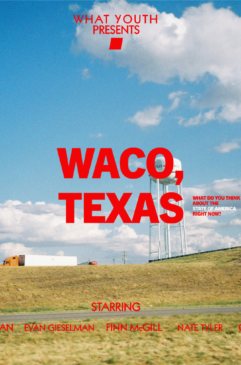
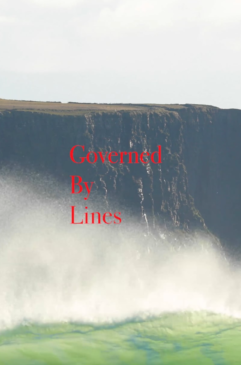
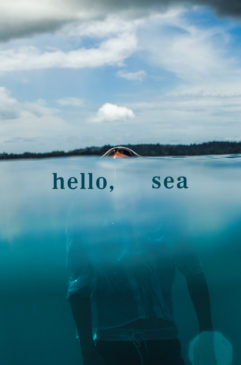
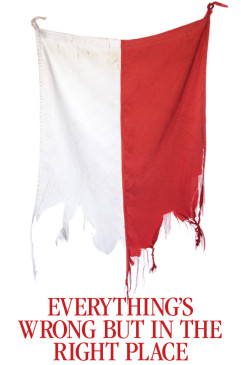
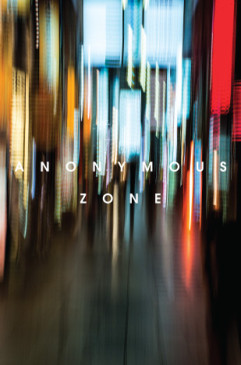
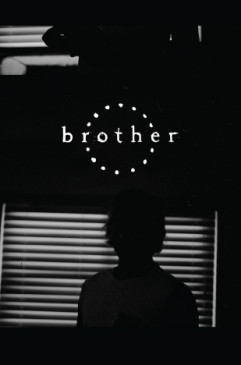
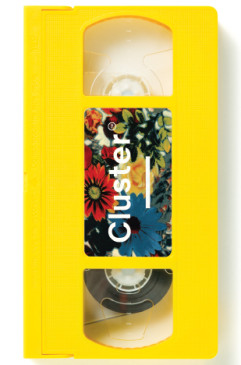
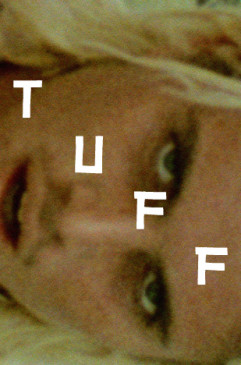
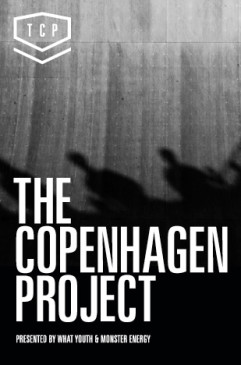
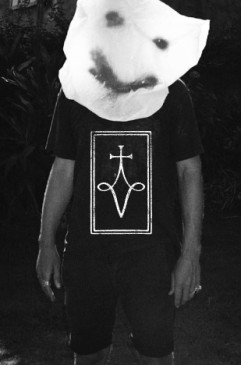
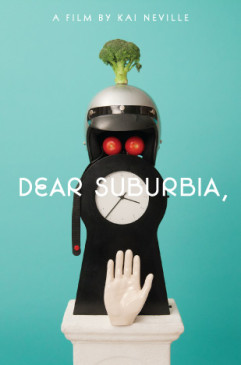
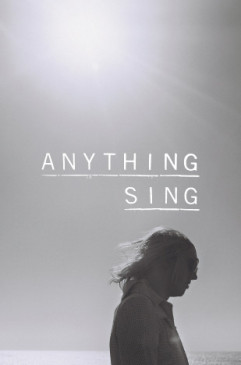


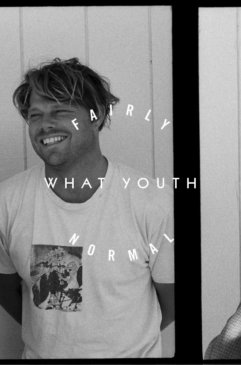
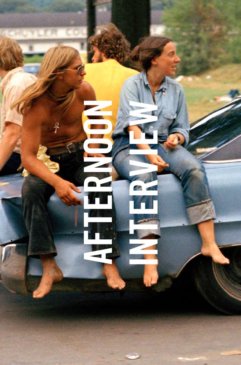
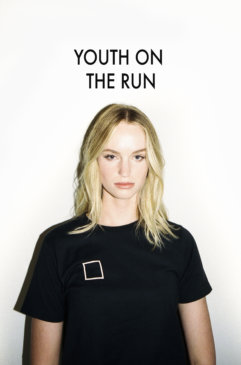
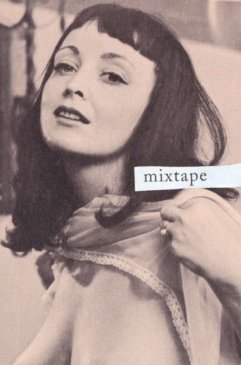
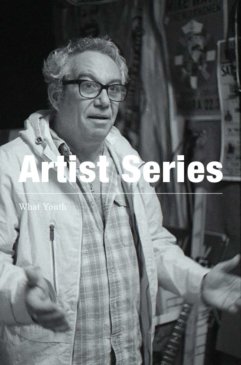
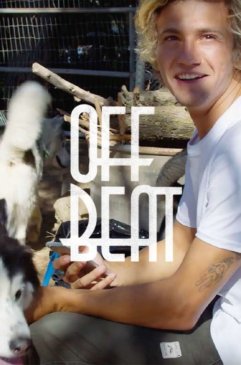
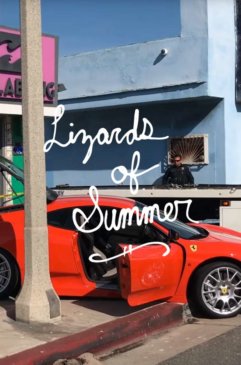
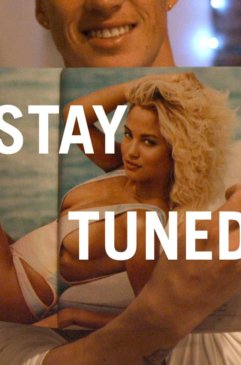
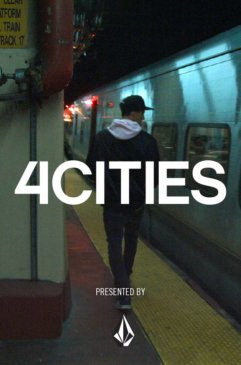
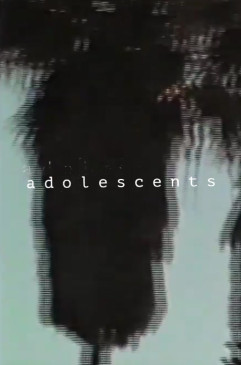
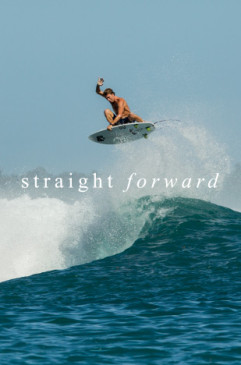
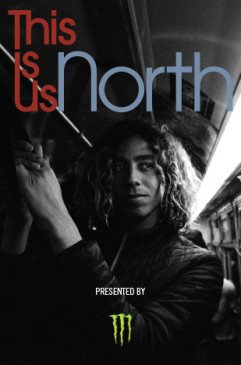
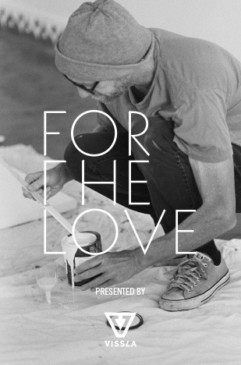
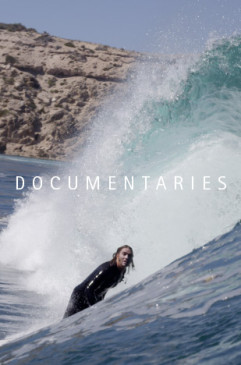
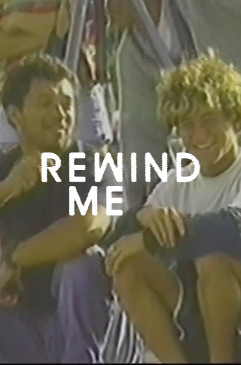
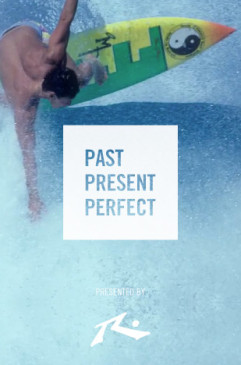
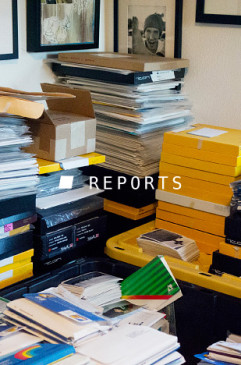
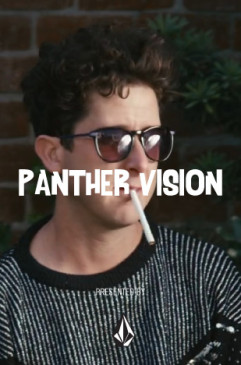
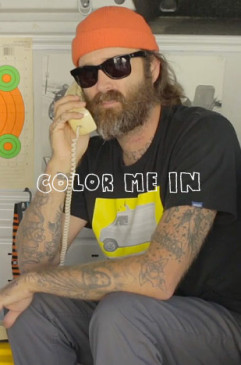
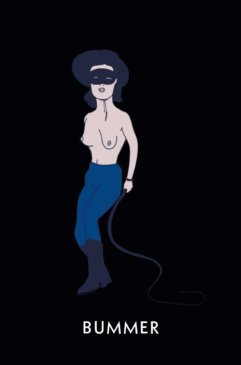
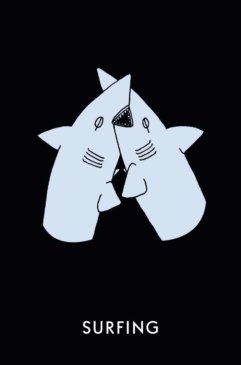
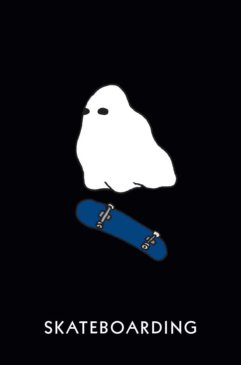
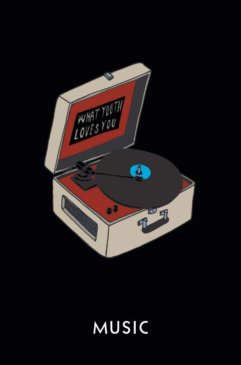
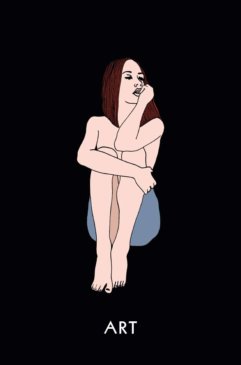
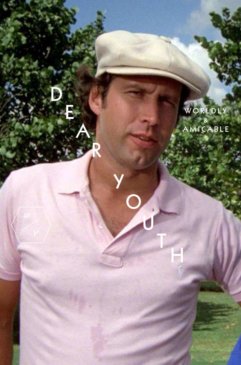
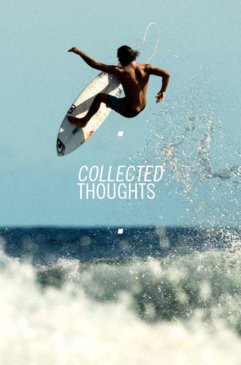


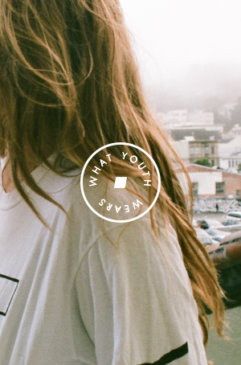

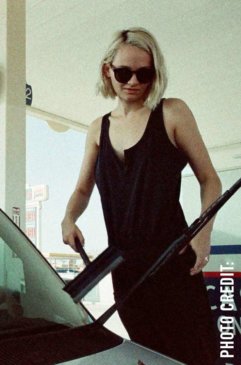


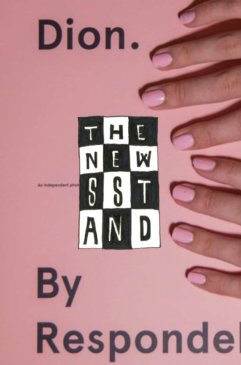
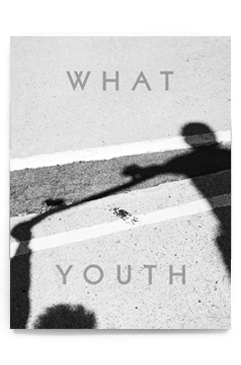
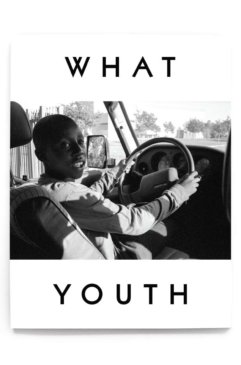
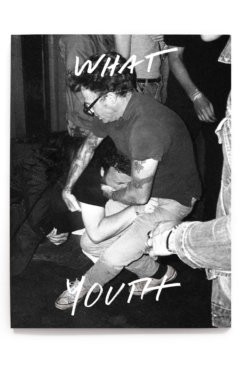
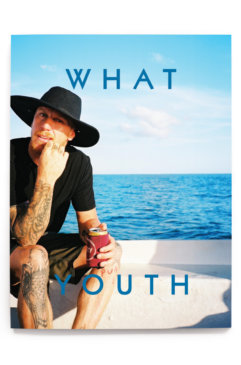
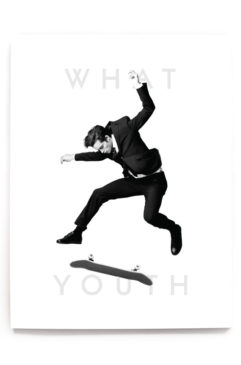
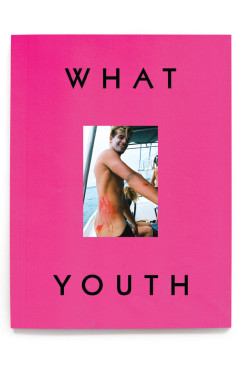
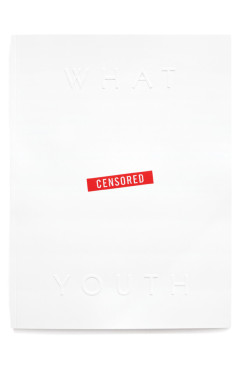
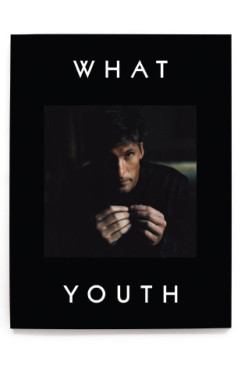
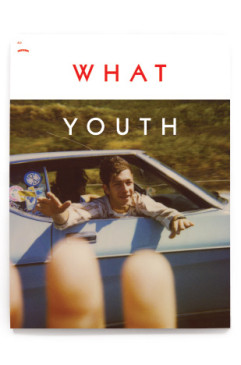
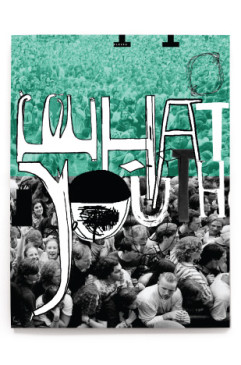
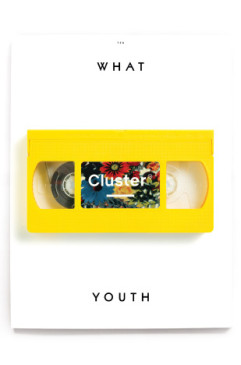
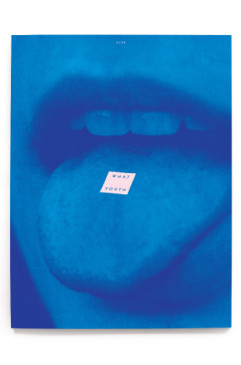
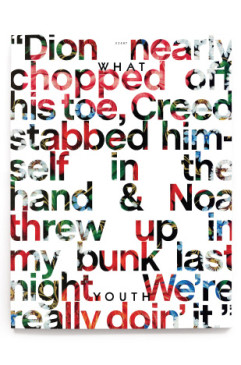
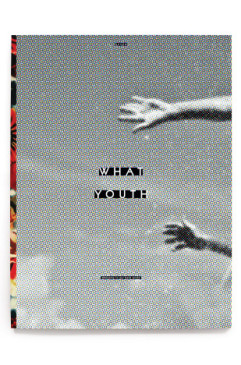
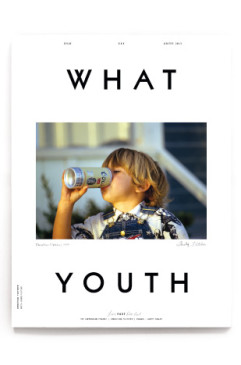
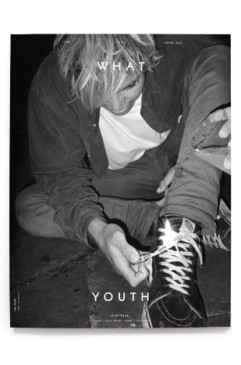
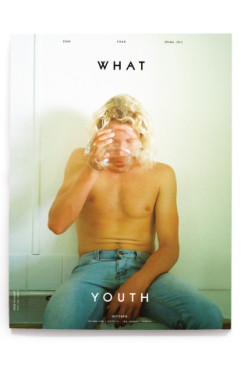
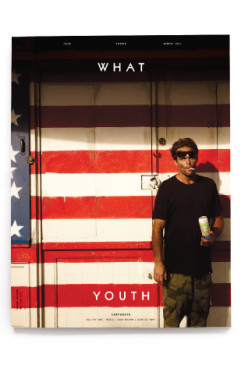
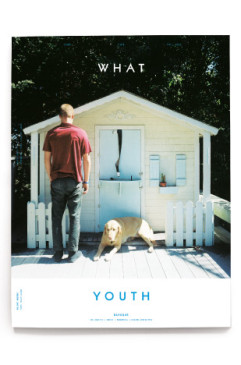
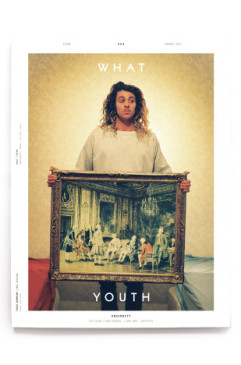
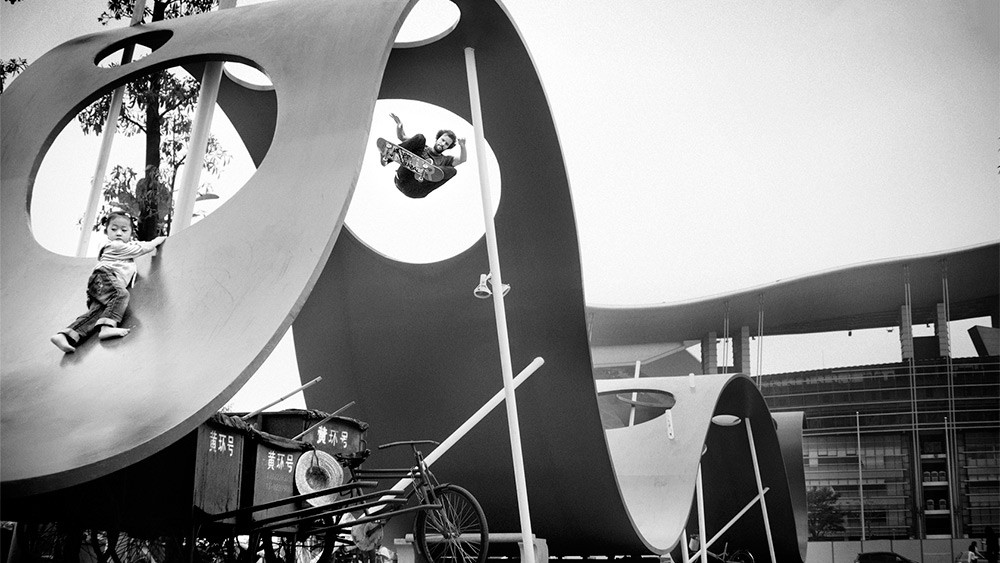
 NXT
NXT 






